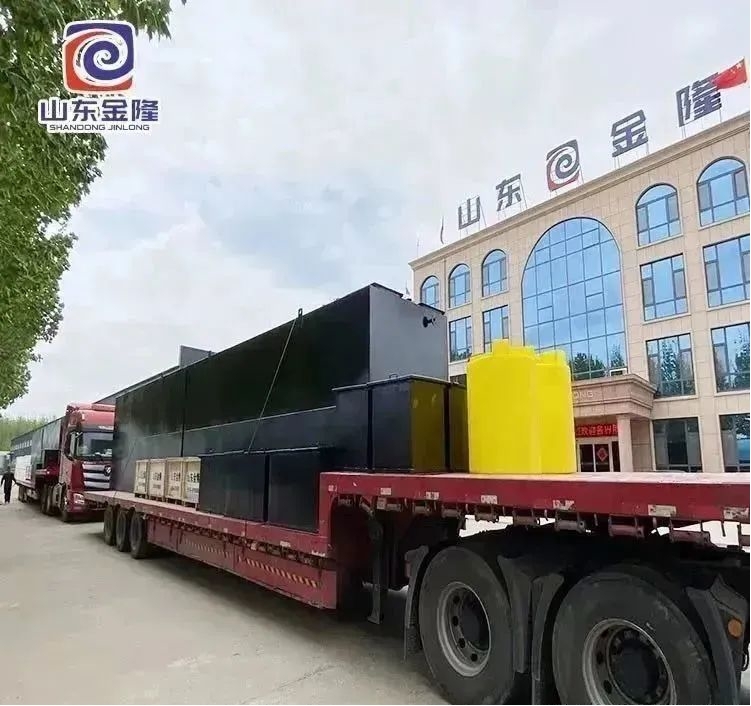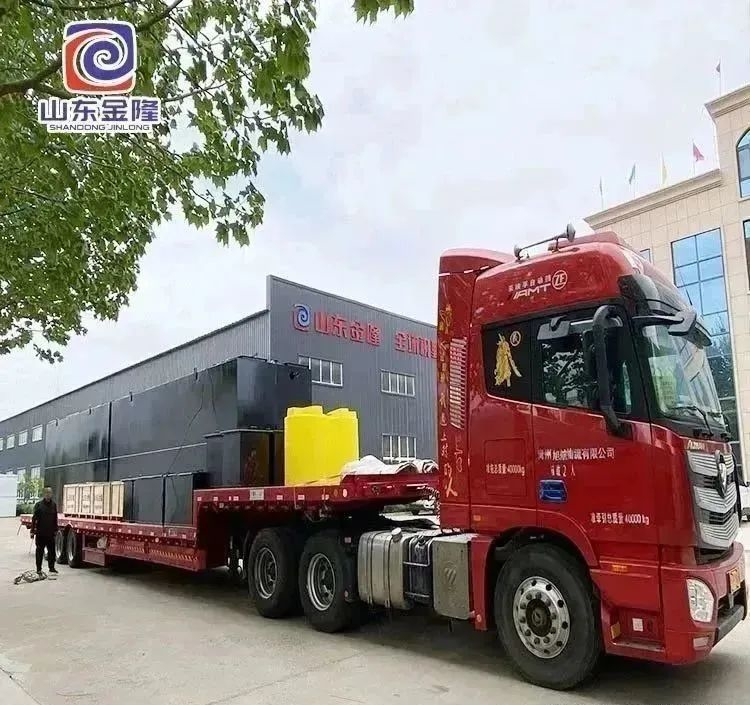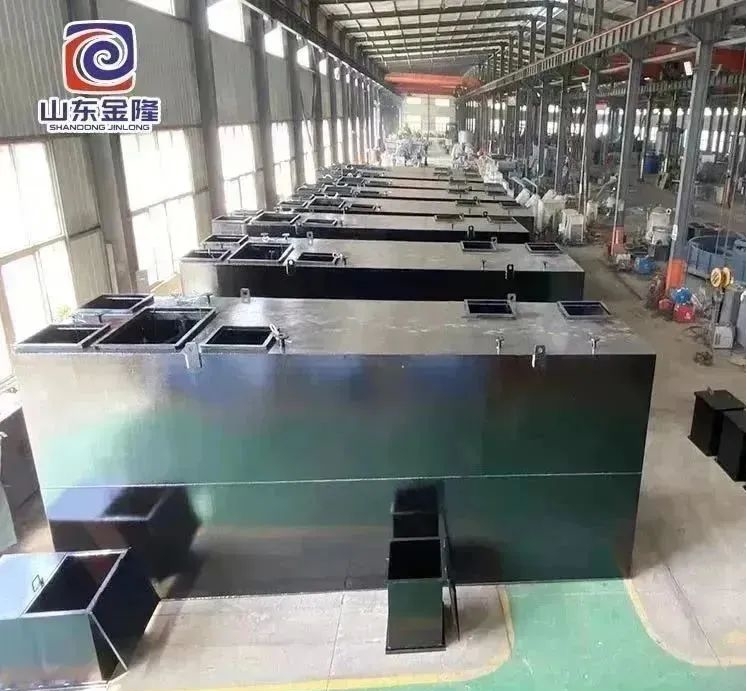Township health centers are public welfare health service institutions organized by the government, and are the hub of China’s rural three-level health service network. Their main functions are public health services, providing comprehensive services such as preventive health care, health education, basic medical care, traditional Chinese medicine, and family planning guidance to rural residents. It plays a very important role in solving hot issues such as difficult and expensive medical treatment for the public.
Township health centers are mostly located in remote urban areas without municipal pipe networks, and sewage can only be discharged directly, greatly damaging the environment and causing great harm to people’s lives. At the same time, the sewage generated by the health center is discharged into nearby water bodies without any treatment, polluting surface water sources, and the hospital’s garbage is partially toxic, posing a risk of spreading the virus to people. In order to protect the ecological environment around the township, promote sustainable economic development, protect the safety of local people’s lives, and ensure that people’s production is not affected, it is necessary and necessary to build sewage treatment equipment.
The sewage from township health centers is mainly generated from the operations of departments such as diagnosis and treatment rooms, treatment rooms, and emergency rooms. The main pollutants contained in the sewage of township health centers are pathogens (parasitic eggs, pathogenic bacteria, viruses, etc.), organic matter, floating and suspended solids, radioactive pollutants, etc. The total amount of bacteria in untreated raw sewage reaches 10 ^ 8/mL. Compared with industrial wastewater, medical wastewater has the characteristics of small water volume and strong pollution power.
Principles of Sewage Treatment Plant in Health Centers
Due to the strong viral nature of medical sewage, the principle of hospital sewage treatment plant is to separate the quality and treatment, separate and treat the local areas, and eliminate pollution at nearby sources. The main treatment methods are biochemistry and disinfection.
Biochemical method is a contact oxidation method derived from the biofilm method, which involves filling a certain amount of filler in the biological contact oxidation tank. By utilizing the biofilm attached to the filler and sufficient oxygen supply, the organic matter in the wastewater is oxidized and decomposed through biological oxidation, achieving the purpose of purification.
The treatment principle is to connect the front anaerobic section and the rear aerobic section together. In the anaerobic section, heterotrophic bacteria hydrolyze soluble organic matter in wastewater into organic acids, causing macromolecular organic matter to decompose into small molecule organic matter. Insoluble organic matter is converted into soluble organic matter, and pollutants such as proteins and fats are ammoniated (N on the organic chain or amino groups in amino acids) to free ammonia (NH3, NH4+). There are aerobic microorganisms and autotrophic bacteria (digestive bacteria) in the aerobic stage, where aerobic microorganisms decompose organic matter into CO2 and H2O; Under sufficient oxygen supply conditions, the nitrification of autotrophic bacteria oxidizes NH3-N (NH4+) to NO3-, which is returned to the anoxic section through reflux control. Under anoxic conditions, the denitrification of heterotrophic bacteria reduces NO3- to molecular nitrogen (N2), completing the cycling of C, N, and O in the ecosystem, achieving harmless sewage treatment.
Post time: Aug-22-2023


